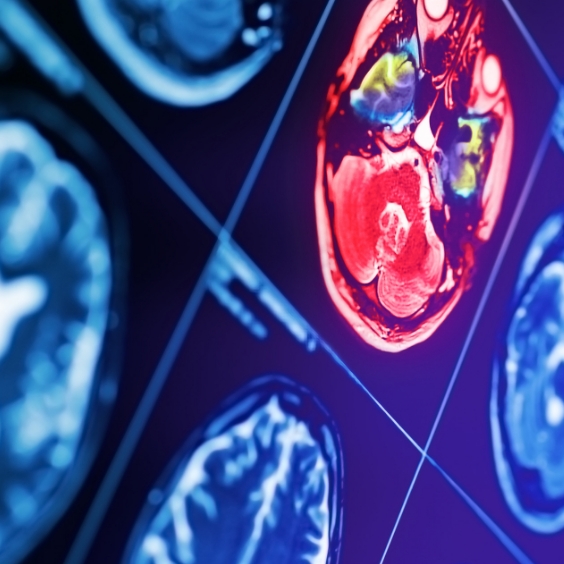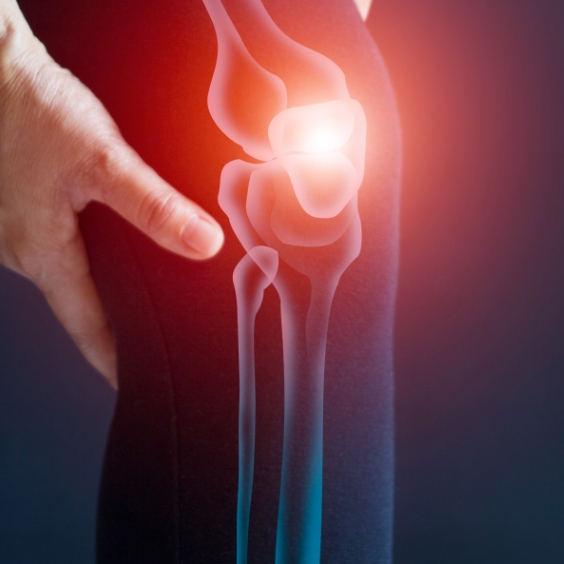ADVANCED NANOTECHNOLOGY TO ASSIST KEEPING THE TUMOR MICROENVIRONMENT INVOLVED IN CANCER NEUTRALIZATION (ANAKIN)
AIRC funded grant 2022-2025
Development of cancer cells-derived biomimetic nanoparticles targeted to Cancer-Associated Fibroblasts (CAFs) as gene therapy vectors to overcome the biological barriers to NPs delivery in desmoplastic cancers.
SEMA3A RNA NANODELIVERY TO PANCREATIC DUCTAL ADENOCARCINOMA MICROENVIRONMENT FOR THE ACTIVATION OF TUMOR IMMUNE RESPONSE
PRIN project PNRR 2023 – 2025
Reshaping the tumor microenvironment in pancreatic ductal adenocarcinoma using lipid nanoparticles carrying mRNA that encodes a protein able to normalize vasculature and stimulate antitumor immune responses.
PRECISION NANOTOOLS FOR INNOVATIVE PHARMACOTHERAPIES
HEAL ITALIA project: Health Extended Alliance for Innovative Therapies, Advanced Lab-research, and Integrated Approaches of Precision Medicine 2023-2025
Development of smart-drug delivery systems based on biodegradable polymeric nanocarriers. During the project will be performed in vitro screening of the nanoplatform in terms of target selectivity, delivery efficiency and nanodrug safety/biocompatibility. In vitro tests will be conducted in 2D and 3D tumor models to assess the nanocarrier toxicity, uptake, drug delivery and selective effect on targeted cells.
MORE CARE – MONITORING AND OPTIMIZATION OF NANOPARTICLE-MEDIATED THERMAL ABLATION TREATMENTS FOR SELECTIVE CANCER REMOVAL
PRIN project In collaboration with UniParth, UCBM and Kaster Medical Technology
Development of biocompatible metallic nanoparticles (BNPs) useful for thermal ablation treatment enhancing thermal effects and immune response in tumors.
DEVELOPMENT OF A UNIVERSAL HFN-MAB NANOCONJUGATE FOR TRIGGERING NATURAL KILLER CELL-MEDIATED IMMUNOTHERAPY OF CANCER
AIRC funded grant 2018-2023
Development of a versatile antibody-HFn nanoconjugate able to affect a large spectrum of cancers through the activation of the NK cells-mediated antitumor response and assessment of it as an ADCC promoter.




